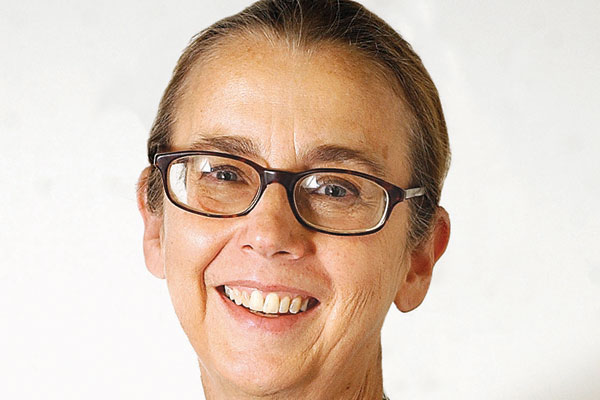I want everybody in San Benito County to read the best book I
have read in a long time,
”
Animal, Vegetable, Miracle,
”
by Barbara Kingsolver.
I want everybody in San Benito County to read the best book I have read in a long time, “Animal, Vegetable, Miracle,” by Barbara Kingsolver.
In it, Kingsolver, her husband and daughter tell the story of the family’s year-long experiment in consuming only foods grown and purchased locally, that is, within about a 25-mile radius of their small farm in Virginia.
To accomplish this, they grew most of their produce and some of their meat (chicken and turkey) on their farm. Other basics, such as lamb and dairy products, were purchased locally. Only a few staples, such as flour, sugar and coffee, originated farther away.
(I will admit right here that one glaring lack in this book is any mention of chocolate, which I presume also had to come from far away if it was consumed at all.)
One reason everybody in the county should read “Animal, Vegetable, Miracle” is that even if you think the goal is quixotic or the methods irrelevant, the issues touched on by this marvelous book are relevant to every discussion about the future of San Benito County that I can think of.
The other reason is that, again, even if you aren’t captivated by the goal or fascinated by the methods, their is at least one laugh-out-loud segment in every chapter, and reading it will make you feel good.
An example of the way insight and humor are intertwined is in adjoining sections on the mating procedures of turkeys (in which both the turkeys and the observer are pretty funny) and on harvesting chickens and turkeys for food.
The thoughtful examination of killing to eat, in which Kingsolver contemplates not only killing birds they have raised, but also the inevitable death of field animals when plants are harvested for food, adds interesting nuances to the debate between vegetarian and carnivore.
How much better would our economy be if local growers could count on markets here, close to where their crops are grown?
How would it change the equation to remove the cost petroleum for transport as well as the cost of petroleum-based inputs such as fertilizer and pest-eradicators?
How would our health-care economics change if more of us were eating foods in-season that had been grown within a few miles of where they are consumed (thus, they are able to be grown for flavor rather than transport durability or shelf-life)?
Notice I have not once used the word “organic” so far in this column. Kingsolver and her family did use organic practices on their farm, but I remember when I found organic garlic in a local supermarket and it turned out to be from China.
I think organic practices sound worthwhile, but I am not the one who has to add up the farm P&L at the end of the growing season.
This book covers too many ideas to mention them all here: the Farmer’s Diner that uses only locally-grown food in its traditional diner menu; home cheese-making; the decline of heirloom cultivators in almost all crops; the diversion of chemicals from arms production to farming inputs after the end of World War II.
It is packed with resources and background discussions for people who want to know more, and to keep it from getting too serious, it contains recipes and seasonal menus.
So please, please, read this book. What ideas can we capture that will make a difference for our economy and our future?










